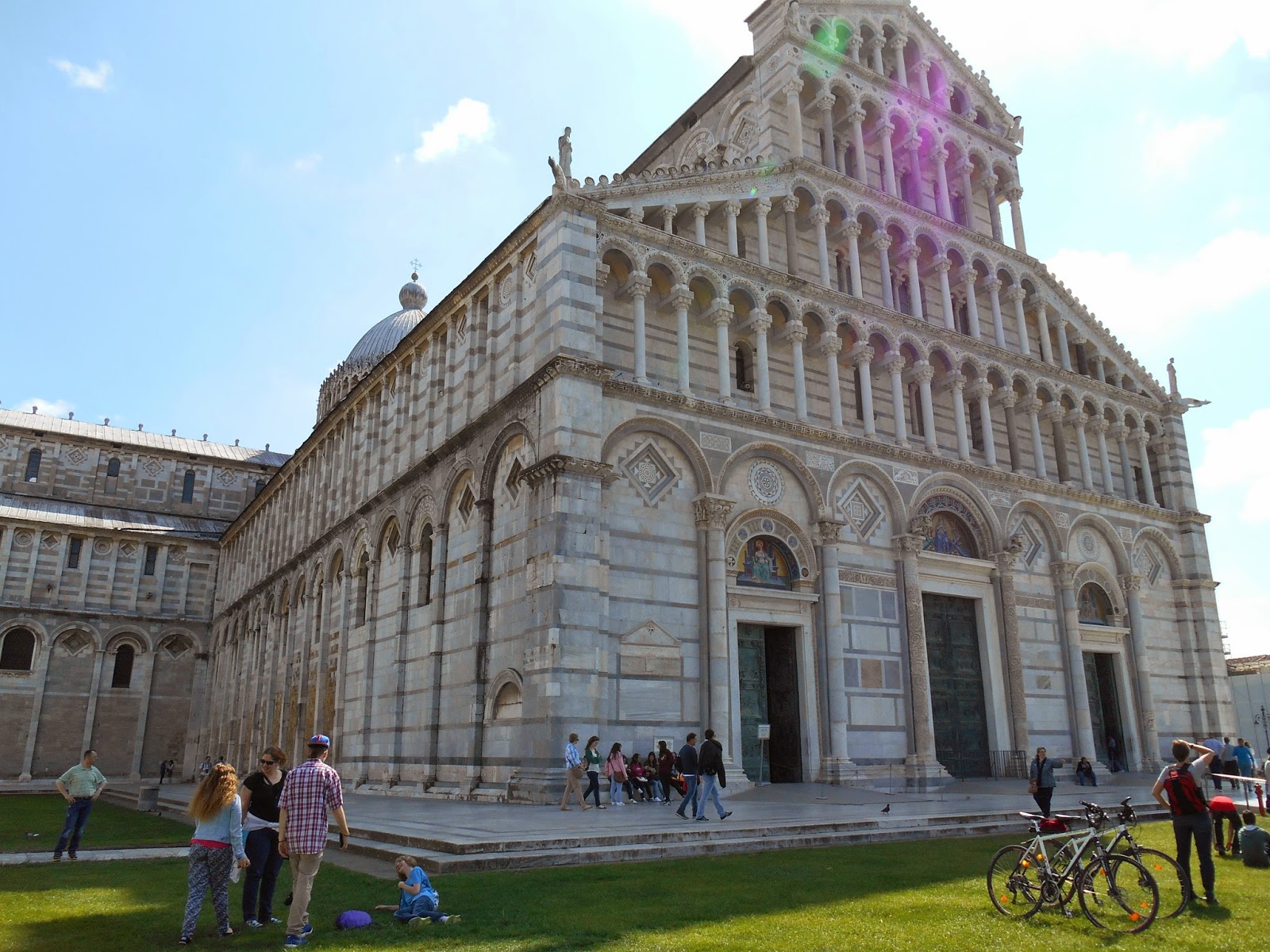Before I came to Italy, when I would think of horse races, my mind immediately thought of the Kentucky Derby. Growing up on a horse, I have always respected the athleticism of the gentle beast. Horses are such a majestic animal with the original "horsepower," yet they have the capacity of really connecting with their human owners and trainers. I had no idea that studying abroad in Siena would land me right in the middle of the horse capital of Italy! Upon arriving in Siena, I learned that the city is split up into 17 contradas and twice a year, the city hosts the Palio di Siena, a horse race between the contradas.

Ten contradas compete in the horse race each time, which are held annually on July 2nd and August 16th. The race is held in the main plaza in Siena; Piazza del Campo. This huge piazza is right in front of town hall and is filled with people during the race. The race track, which is quite challenging, is covered in dirt for the event, but its sharp turns and difficult inclines make this a very dangerous race, for both the horse and the jockey. The jockey rides bareback and the first
horse to make three laps and cross the finish line wins; regardless if the rider is still on the horse or not. The horse is the true athlete of this race and is treated like royalty if they bring victory to their contrada.
.JPG) |
| Partial view of Piazza del Campo |
Of the 17 contradas present in Siena, ten participate in the Palio. The seven that didn't participate in the previous race are a guarantee for the next one, and the other three are picked at random. Horses are randomly drawn for each of the ten contrada, and depending on how good the horse is, the contrada hires a jockey that will match the horse's abilities. Family is a very important aspect to Italian culture, so their dedication to their contradas is very intense. To win the Palio is a great honor and can stir up many emotions for the winners and losers of the horse race. Winners are presented a silk banner that is created as a competition for artists in the area and displayed in the respective contrada's museum.
.JPG) |
| Some of the Palios won by the Porcupine Contrada |
.JPG) |
| Example of outfits worn by jockeys and parade members |
The Palio di Siena is a reminder that Siena is a medieval town. The rugged horse race, the intense dedication to the specific contradas, the parades and dinners that take place before and after the Palio within each contrada, and even the Renaissance style outfits the jockeys wear are all reminiscent of the medieval days of Italy. It is a very unique cultural aspect of the small town of Siena and is an amazing attribute to the city and its people.
Follow this link to watch a video on the Palio; pay attention to the reactions of people in the crowd to fully understand how emotional this event is for the Sienese people. Click here to watch!
Palio di Siena
.JPG)
.JPG)
.JPG)



























































